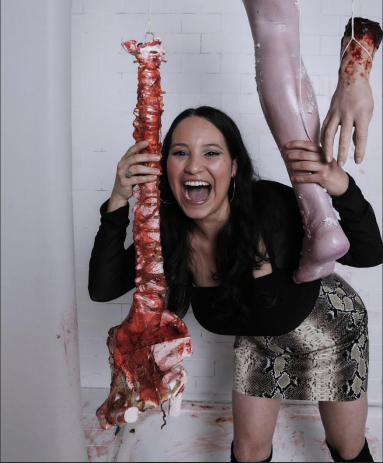Urban Frights: 35 Horror Movies That Take Place in the City
This list catalogs the 35 best big city horror movies, where an urban setting is integral to the horror that unfolds.
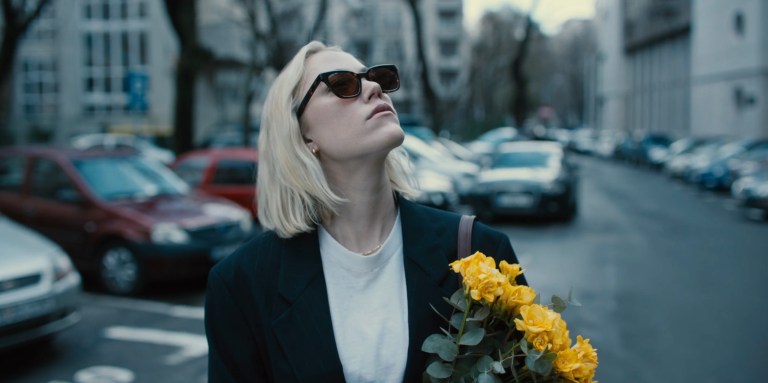
The setting of a horror film functions as so much more than just a background. Whether it’s a summer camp, an isolated cabin, an eerie haunted house, or quiet suburbia, a good setting serves to create the tone, set the atmosphere, and drive the story. When chosen and manipulated right, a setting can become a character in its own right. The greatest movies in the genre rely strongly on their setting—The Shining (1980), The Evil Dead (1981), The Witch (2015), The Night House (2021), and Midsommar (2019), to name a few.
One of the most effective settings for horror movies is a big city. In an urban landscape, anything is possible. Unknown terrors roam the streets everywhere and people always have something to hide behind the drawn curtains of their apartments. No one is ever truly safe in a bustling metropolis, where shadowy figures lurk in dark alleys, brutal inequalities exist, and the most vulnerable are abandoned by those occupying the high-rises in the sky. The city is an easy place for evil to hide in.
The 35 horror movies below are all set in big cities and deliver the best urban scares in the genre.
King Kong (1933)
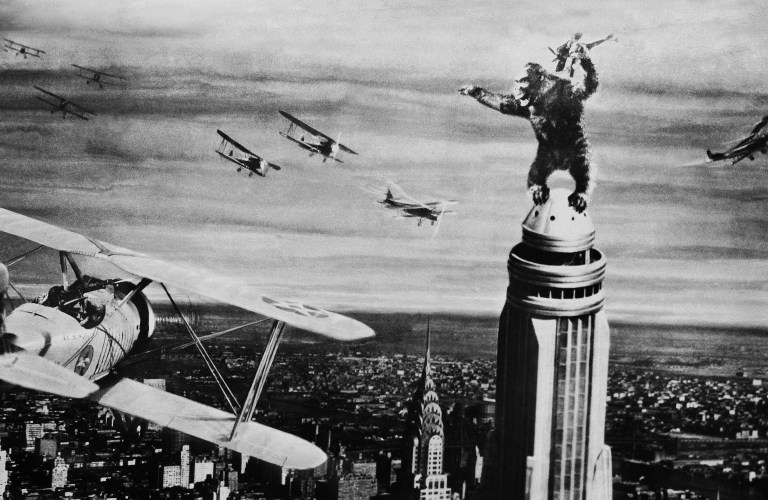
Fay Wray is regarded as the original scream queen for her role as Ann Darrow, a blonde aspiring starlet is kidnapped by the titular giant gorilla during a film shoot at Skull Island. Kong is subdued and taken to NYC in chains, where he’s to be presented as the “eighth wonder of the world,” but he breaks free and wreaks havoc on the city. The pre-code horror features one of the most iconic shots in movie history—Kong atop the Empire State Building.
Cat People (1942)

The weird girl horror Cat People wasn’t actually shot in NYC, but the atmospheric noir takes audiences through Manhattan streets, Central Park Zoo, and grand metropolitan interiors. When Irena (Simone Simon), a lonely Serbian fashion illustrator, meets Oliver (Kent Smith), the two instantly connect and soon marry. Irena, who believes she’s descended from a cursed line of metamorphosed women, fears turning into a feline predator in the throes of passion with her new husband. The disbelieving Oliver pushes her to see a psychiatrist. When he grows closer to his coworker, Alice (Jane Randolph), it’s apparent that there might be more truth than fable to Irena’s anxieties. The film doesn’t only feature the first “false” jump scare, but is also one of the earliest immigrant tales and queer-coded stories.
Peeping Tom (1960)
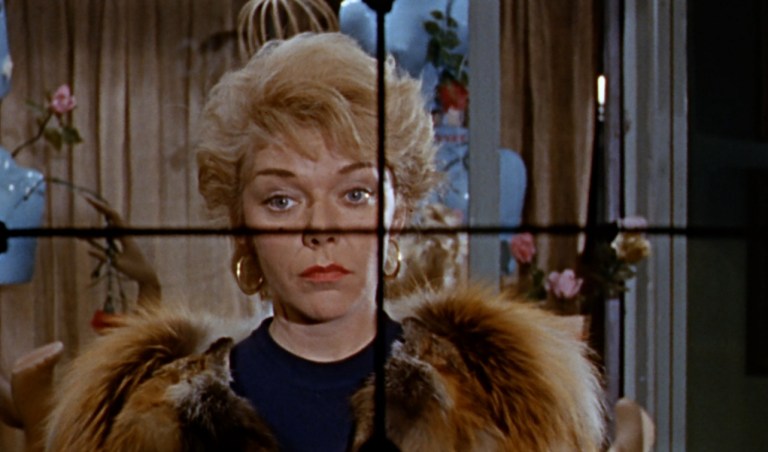
Peeping Tom is a beautifully crafted but deeply disturbing film that gives commentary on voyeurism, filmmaking, and art. It’s set in London and follows the exploits of Mark Lewis (Carl Boehm), a lonely photographer with a troubled childhood, who has an insatiable bloodlust as an adult. He’s obsessed with killing women and filming their expressions in their dying moments. When he falls for a neighbor, he struggles against his homicidal urges. Feminist film theorist Laura Mulvey praised the picture for its accurate portrayal of the male gaze in cinema.
Wait Until Dark (1967)
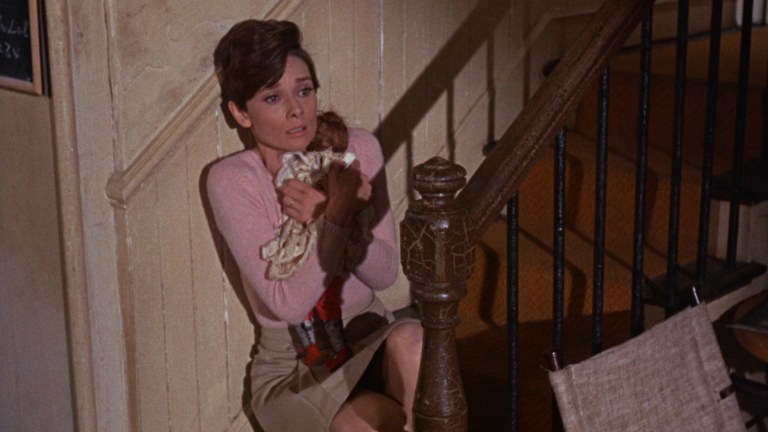
Audrey Hepburn delivers her finest performance as Susy, a woman who recently lost her sight, in the tense and claustrophobic Wait Until Dark. When Susy’s husband accidentally comes into possession of a doll containing a stash of drugs, she becomes the target of a trio of criminals on a night home alone in her lower Manhattan apartment. The men, who try to use her blindness against her, underestimate her New Yorker fight and savvy.
Sisters (1972)
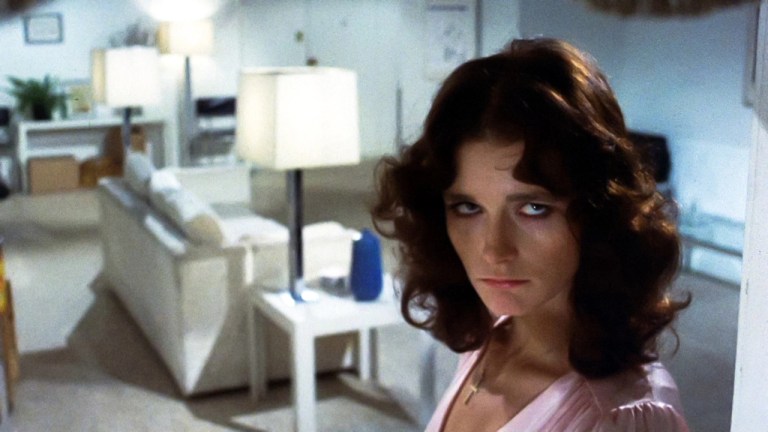
Brian De Palma’s first thriller turns the lens on Staten Island. Model and actress Danielle Breton (Margot Kidder) brings a man back home, only for her twin sister Dominique to murder him the next day. Grace Collier witnessed the incident from her apartment and believes Danielle to be the killer. The journalist decides to investigate and comes to learn just how profound the bond is between the two sisters.
Ms. 45 (1981)

Abel Ferrera offers a feminist take on the vigilante subgenre in his film about a non-verbal seamstress working in Manhattan’s Garment District. Thana (Zoë Tamerlis) is assaulted while walking home at night, and then attacked again by a burglar inside her apartment upon her return. After bludgeoning her second rapist to death, she develops an insatiable desire for vengeance. Taking the man’s .45 caliber pistol, she takes to the streets after dark, where no man is safe. Ms. 45 explores toxic masculinity, trauma, empowerment, and the everyday dangers women face trying to survive life in the city.
Possession (1981)
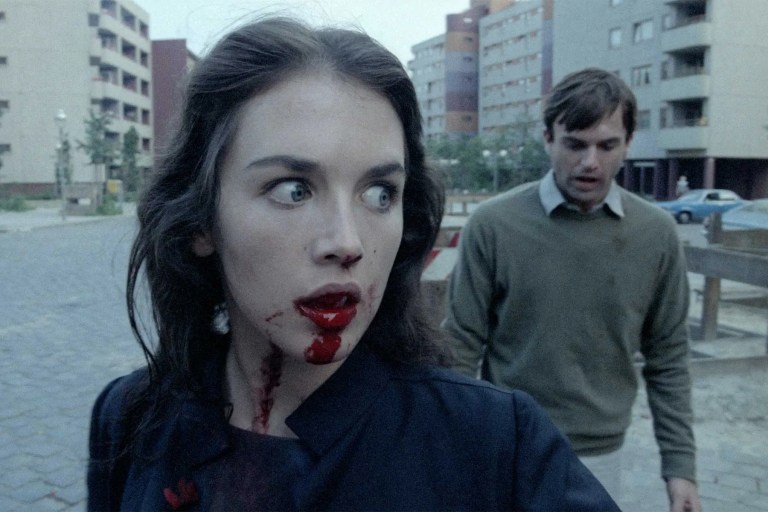
Andrzej Żuławski’s Lovecraftinian masterpiece about the disintegration of a marriage uses its setting to strike a powerful metaphor. Set in a divided Berlin during the Cold War, the Wall is a constant and heavy presence throughout the movie, symbolizing the divorcing couple’s disdain, toxic conflict, and separation. The urban space is integral to the film, which Żuławski captures with expert camerawork to create a feeling of being trapped, watched, lonely, and isolated. It’s one of a plethora of reasons many die-hard fans can’t fathom that this unique horror experience is getting a remake.
Tenebrae (1982)
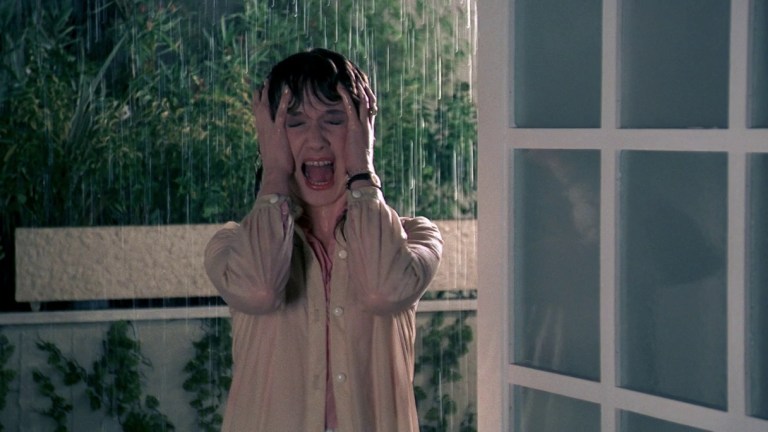
Despite being shot on location in Rome, Tenebrae avoids iconic historical landmarks. There are no shots of the Trevi fountain, the Colosseum, Piazza Navona, or the Spanish steps. In stylistic contrast to his other works of that era, Dario Argento makes use of Brutalist architecture, contemporary high-rises, modern apartment buildings, and sparse interiors. Wanting to set the story sometime in the near future, he captured the Rome of the 1980s. The gory mystery follows Peter Neal (Anthony Franciosa), an American novelist on a promo tour in the Italian city, whose work inspires a psychopathic killer to commit a series of murders.
The People Under the Stairs (1991)
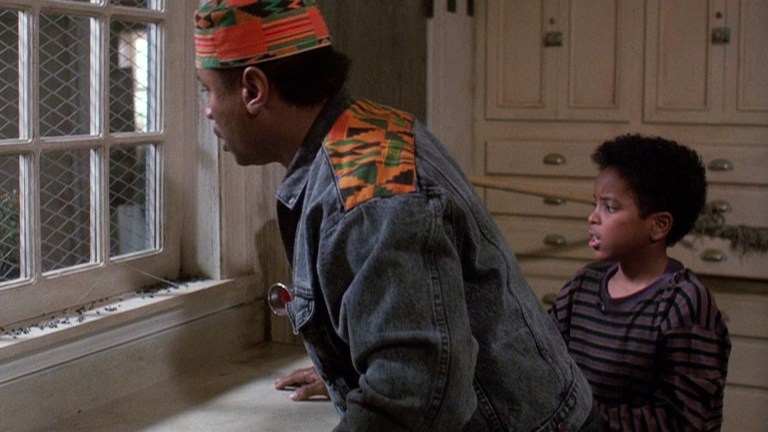
Wes Craven’s The People Under the Stairs is one of the best inner-city horrors. The movie is a protest against conservative values, gentrification, and class disparity. To afford his mother’s surgery, a young kid named “Fool” (Brandon Adams) decides to join in on robbing the neighborhood’s rich slumlords, a white couple gentrifying the area and putting people out on the streets, who can be seen as emblematic of the Reagans. The break-in goes epically wrong, and Fool finds himself trapped inside the house, where he discovers a secret—feral, tortured young men and boys under the stairs.
Candyman (1992)
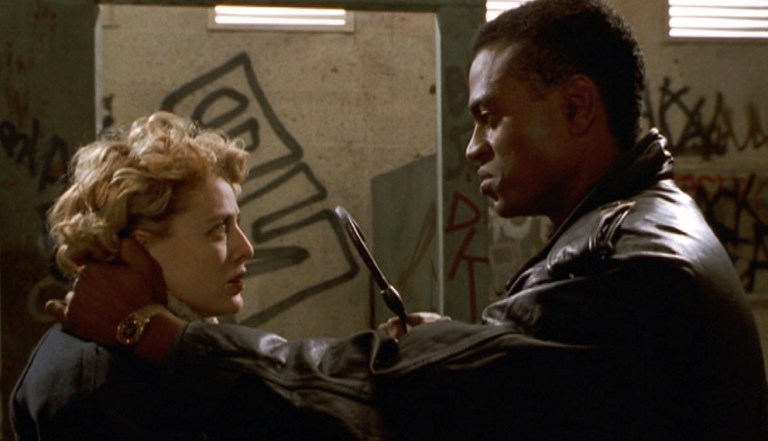
Candyman is the pinnacle of urban horror. The movie is a haunting meditation on race, systemic segregation, and the power of folklore. It follows Helen Lyle (Virginia Madsen), a graduate student researching the urban legend of Candyman for her thesis. The myth, which has spread across inner-city Chicago, involves an evil spirit who kills those who invoke him by saying his name five times in front of a mirror. Helen traces the tale’s origins back to the Cabrini-Green housing projects, where she uncovers Candyman’s history. The late great Tony Todd stars as the titular hook-handed boogeyman.
The Crow (1994)

The Crow is based on James O’Barr’s 1989 comic book series of the same name. Brandon Lee stars in his last role before his tragic death on set. The movie is set in a decaying Detroit’s dark underbelly. On Devil’s Night, goth musician Eric Draven (Lee) and his fiancée Shelly Webster (Sofia Shinas) are murdered by a gang of ruthless criminals who break into the couple’s apartment. A year later, Eric is resurrected by a crow and given the opportunity to take revenge against those involved in their deaths.
Tales From the Hood (1995)
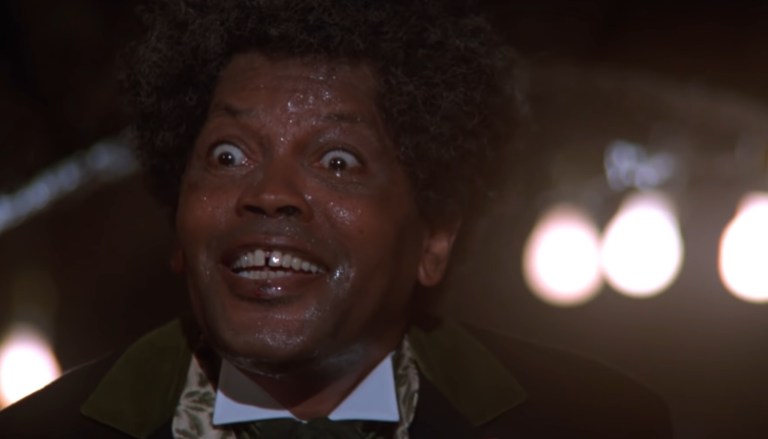
This cult classic anthology features four stories told by Mr. Simms (Clarence Williams III) to a trio of drug dealers who break into his inner-city funeral home. Each tale focuses on terrors faced by the Black community. In “Rogue Cop Revelation,” a Black councilman is beaten to death by cops and rises from the dead a year later. “Boys Do Get Bruised” sees a young boy suffering at the hands of a “monster.” A “former” clansman running for governor is haunted by possessed dolls in the old plantation he calls home in “KKK Comeuppance.” “Hard-Core convert” follows a gang member’s introspection on his actions.
Rec (2007)
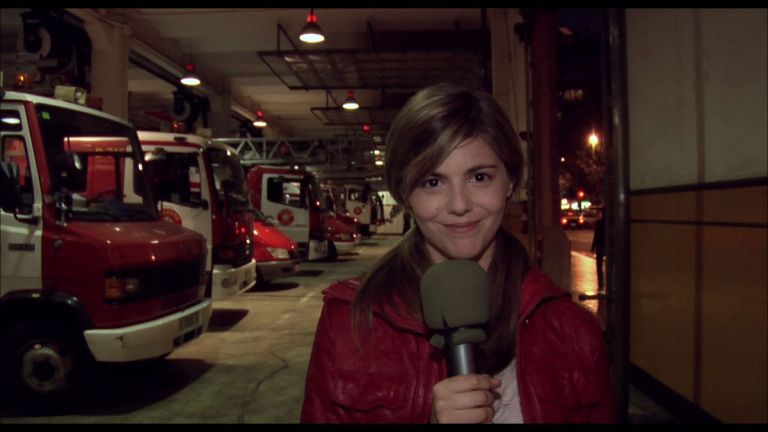
This Spanish found footage movie about zombies is one of the greatest in both subgenres. A TV reporter for a Barcelona station, Ángela Vidal (Manuela Velasco), and her cameraman are shadowing local firefighters for the night when they end up quarantined in an apartment building in one of the city’s major districts. Residents have become infected with a mysterious contagion that makes people rabid and unnaturally aggressive. The survivors must come together if they want to survive the night. REC’s a tense, panic-fueled, claustrophobic watch.
Attack the Block (2011)
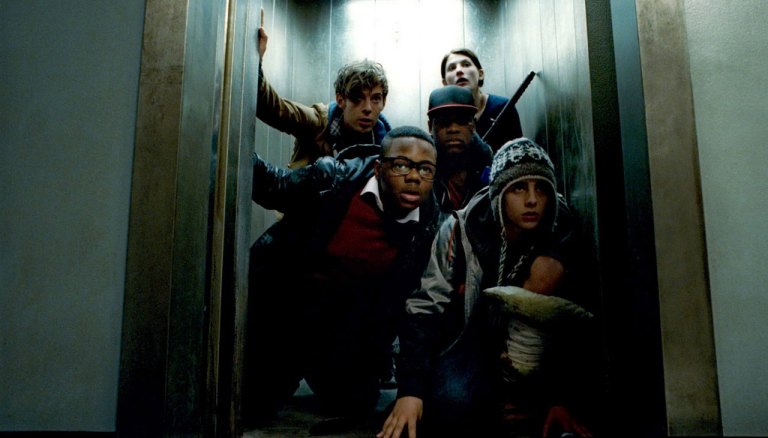
Attack the Block takes urban horror to the South London streets of a council estate. On Guy Fawkes Night, a gang of teen punks check out an object that crashed down from the sky and into a car, where they discover a creature not from this world, who they easily kill. When more UFOs fall from the sky with a different and much more brutal breed of aliens, the group makes it their mission to defend themselves and their neighborhood from the invasion of the “big gorilla-wolf motherfuckers.”
It Follows (2014)
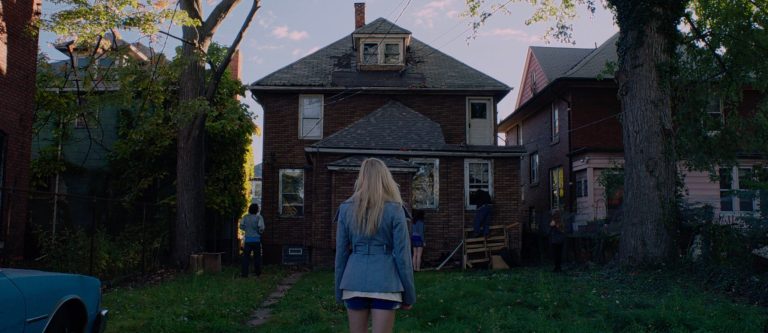
Maika Monroe stars as Jay Height, a young woman on the cusp of adulthood who becomes infected with a deadly curse after a sexual encounter. To get rid of the shapeshifting entity now following her, the 19-year-old must pass it on to someone else. The audience first meets Jay in the idyllic, middle-class, predominantly white Detroit suburbia she calls home, where she and her friends live carefree. The night she’s forcefully tied to a wheelchair and “It” invades her life against her will, she’s in a decrepit factory. Afterwards, her cozy neighborhood becomes as ominous and dangerous as the city proper past 8 Mile Road they’ve been warned about. The use of inner-city decaying spaces—boarded-up houses, dilapidated streets and lots, abandoned buildings—magnifies the film’s themes and dread.
Candyman (2021)
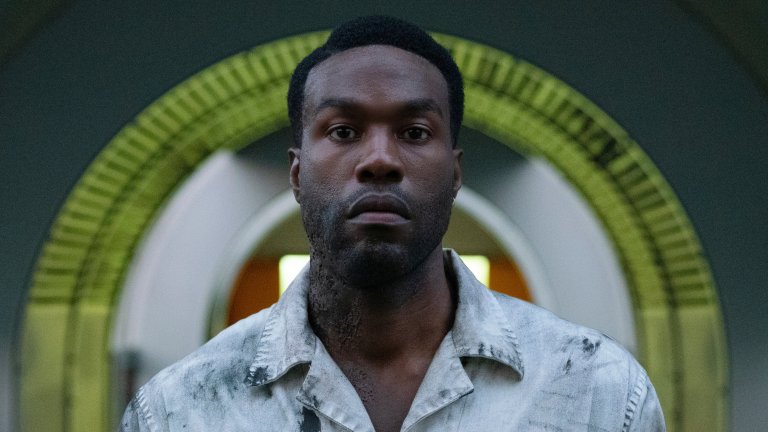
Nia DaCosta became the first Black female director to have a film debut number one at the domestic box office with the release of the direct sequel to 1992’s Candyman. The political horror takes audiences to the now gentrified Cabrini neighborhood, where artist Anthony McCoy (Yahya Abdul-Mateen II) and his girlfriend, Brianna Cartwright (Teyonah Parris), an art gallery director, reside in a high-rise. When he learns about the urban legend of Candyman, Anthony digs into his history and unleashes a wave of terror. The supernatural slasher subverts the final girl trope and expands on subtext from the first film, giving strong commentary on racial violence, police brutality, gentrification, and displacement.
Watcher (2022)

Chloe Okuno’s masterpiece about female rage takes city horror to Bucharest, Romania. Julia (Maika Monroe) has just made the move with her Romanian-American husband, Francis (Karl Glusman), who works long hours, leaving her alone most of the time. Meanwhile, a serial killer dubbed “The Spider” has been decapitating women in the area. As Julia explores the city and tries to adjust to her new home, she can’t shake the sense of being stalked. She believes the culprit to be a neighbor, who she swears won’t stop watching her through the window. The cops don’t believe her and neither does her husband, leaving her feeling utterly alone and isolated.
MaXXXine (2024)

Ti West’s X film series turns its attention back to Maxine Minx (Mia Goth), six years after the Texas Porn Star Massacre. The film is set in 1985 Los Angeles amidst the Night Stalker murders, and gives a vibrant portrayal of the sleazy underbelly of Hollywood. Trying to crossover from the adult film industry into mainstream cinema, Maxine lands a role in The Puritan II, a horror movie helmed by female director Elizabeth Bender (Elizabeth Debicki). Meanwhile, someone is hunting down aspiring starlets with connections to Maxine. This love letter to giallo films and B-horror movies has some of the best kills in the trilogy.
Smile 2 (2024)
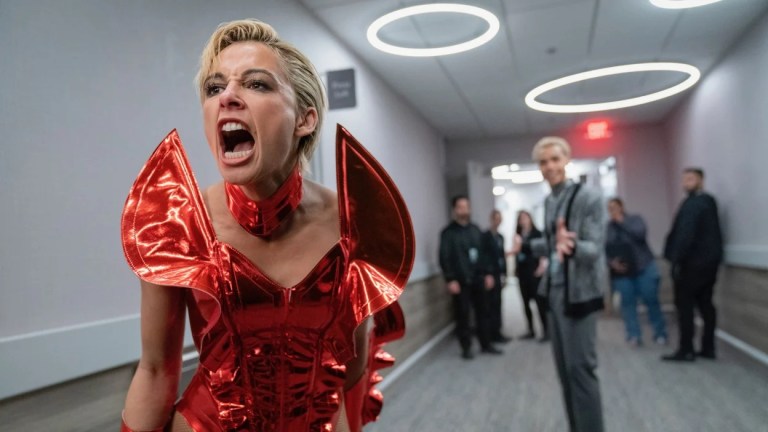
Naomi Scott deserves an Oscar for Best Actress for her riveting performance as pop star Skye Riley in Smile 2 (too bad the Academy is biased against horror). Parker Finn’s chilling and impeccably shot sequel is set in NYC. It follows the famous singer as she prepares for a world tour following a tragic accident that left her boyfriend dead. After witnessing her dealer brutally take his own life, the entity latches on to her. As she navigates the demanding pressures of her career and comeback, she’s forced to face her inner demons and figure out a way to beat the curse.
More big city scares…
Rosemary’s Baby (1968) is set in the fictional Bramford and features exterior shots of the real life Dakota. Mia Farrow stars as Rosemary, a newlywed who becomes pregnant soon after moving into the NYC apartment building, and becomes increasingly concerned about her baby’s origins and the true nature of those around her.
The Hunger (1983) follows two vampires living on the Upper East Side, Miriam Blaylock (Catherine Denueve) and her rapidly aging lover, John (David Bowie). Miriam seeks a new immortal companion in Sarah Roberts (Susan Sarandon).
Henry: Portrait of a Serial Killer (1986) Examines a serial killer and his relationship with his accomplice and the latter’s sister. The film makes magnificent use of Chicago’s gritty urban landscape.
They Live (1988) John Carpenter’s classic follows a drifter through Los Angeles after he finds a pair of sunglasses that allow him to see the aliens who have taken over the world and the ways in which they keep society subdued.
Jacob’s Ladder (1990) A Vietnam veteran experiences haunting visions and loses grip on his sanity amidst the bustling streets of NYC.
American Psycho (2000) Mary Harron directed this film based on the 1991 Bret Easton Ellis novel of the same name. It’s set in the world of 1980s yuppie Manhattan and gives a disturbing look at Patrick Bateman (Christian Bale), a shallow investment banker with a homicidal compulsion.
Pulse (2001) A Japanese horror film with an urban Tokyo setting. The atmospheric, eerie picture makes commentary on the isolation, disconnection, and loneliness of the digital age. It revolves around disappearances in the city as evil spirits invade the living world through the internet.
28 Days Later (2002) A post-apocalyptic horror starring Cillian Murphy. A man awakens in an abandoned hospital and finds London seemingly deserted. He soon discovers that a zombie “rage virus” has infected most of the country and joins other survivors on their search for safety.
Cloverfield (2008) NYC is under siege after being invaded by a colossal alien creature in this found footage gem.
Apartment 1BR (2019) A woman who has newly moved to Los Angeles discovers a sinister cult in her seemingly idyllic apartment complex.
Last Night in Soho (2021) An aspiring fashion designer moves to a bedsit in London to study at a design school. She begins having vivid dreams and visions in her new home that transport her to 1960s Soho and show her the life and death of a singer who lived there decades ago.
Barbarian (2022) Tess (Georgina Campbell) arrives at her AirBnb rental in Detroit’s Brightmoor neighborhood to find that it’s been double booked. The occupant, Keith (Bill Skargård), invites her to stay the night until they get it sorted out in the morning. Hesitant at first, she gives in, and discovers there’s more to fear inside the house than a man she doesn’t know.
Scream VI (2023) Sam Carpenter (Melissa Barrera), her sister Tara (Jenna Ortega), and their friends Mindy and Chad Meeks-Martin (Jasmin Savoy Brown and Mason Gooding) moved to NYC after surviving the Woodsboro Ghostface murders. Their new life chapter is interrupted by a new masked killer on a rampage in the big city.
Evil Dead Rise (2023) One of three flesh-bound volumes of the Naturom Demento wreaks havoc in a condemned Los Angeles apartment complex, where a mother becomes possessed, and her children and sister struggle to stay alive.
A Quiet Place: Day One (2024) This prequel follows Sam (Lupita Nyong’o) and her cat on the day of the alien invasion in NYC.
The Substance (2024) A body horror set against a Los Angeles backdrop that comments on unrealistic beauty standards, the entertainment industry, self-acceptance, and aging. Demi Moore stars as Elisabeth Sparkle, a renowned aerobic show instructor who gets fired on her 50th birthday. A stranger introduces her to a substance that transforms her into an enhanced version of herself.
